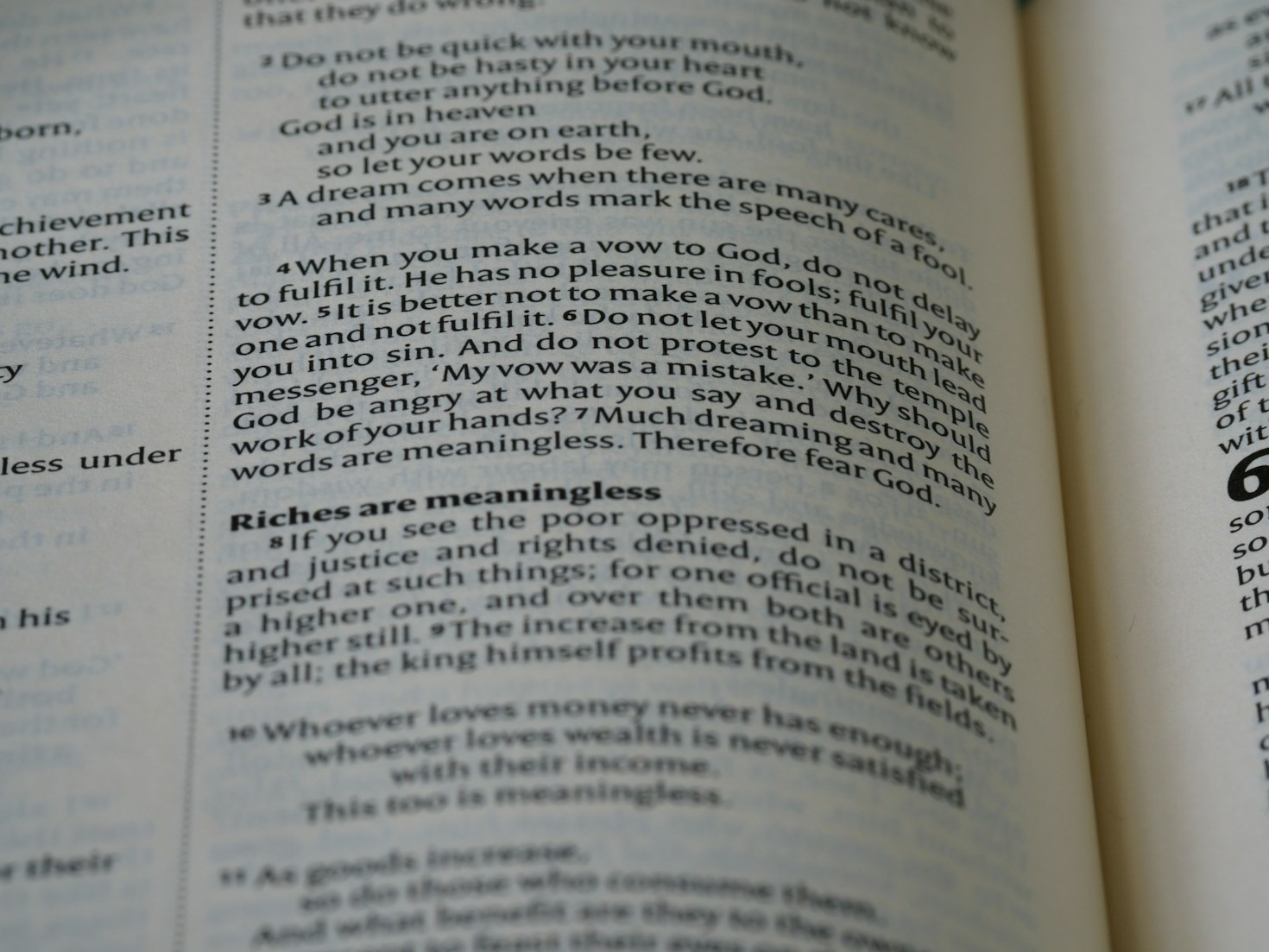English has a mischievous streak. Just when you think you’ve got the hang of it, along come three tiny words that sound exactly the same but mean completely different things. Yep, we’re talking about to, too, and two—the homophone triplets who love to cause chaos in texts, essays, and social media posts.
Don’t worry, though. Once you get to know their personalities, you’ll never mix them up again.
Meet the Triplets
To
This is the most hardworking sibling. It’s a preposition or part of an infinitive verb. In other words, it shows direction, purpose, or movement.
- We’re going to the park.
- I want to learn guitar.
Think of to as the GPS—it points the way or shows what action you’re heading toward.
Too
This one’s the dramatic twin. It means also or excessively.
- I want ice cream, too! (also)
- That coffee is too hot to drink. (excessively)
Pro tip: if you can replace it with also or very, you probably need too.
Two
Finally, the math sibling. Two is simply the number 2. That’s it.
- I have two cats.
- She ordered two pizzas for the party.
If numbers are involved, this one’s your guy.
A Quick Trick to Remember
- To = direction/purpose (going to, want to, need to)
- Too = also or very (me too, too much)
- Two = the number 2 (one, two, three)
Or, if you like stories:
- To is the traveler, always moving somewhere.
- Too is the attention-seeker, always saying, “Me too!” or “That’s too much!”
- Two is the mathematician, proudly showing off the number 2.


Classroom Activity
Give students a TikTok-style transcript full of errors (I’m going too the store for two candy bars). They “edit the caption” as if fixing it before posting.
CCSS
L.4.1g (Confused words).
Final Thought
The best part about these three? Once you’ve got them down, you can spot mistakes instantly—and maybe even impress your friends with your grammar superpowers.
So the next time you see “I have to much homework” or “Me two,” you’ll know exactly which triplet to call in for backup.


Leave a Reply